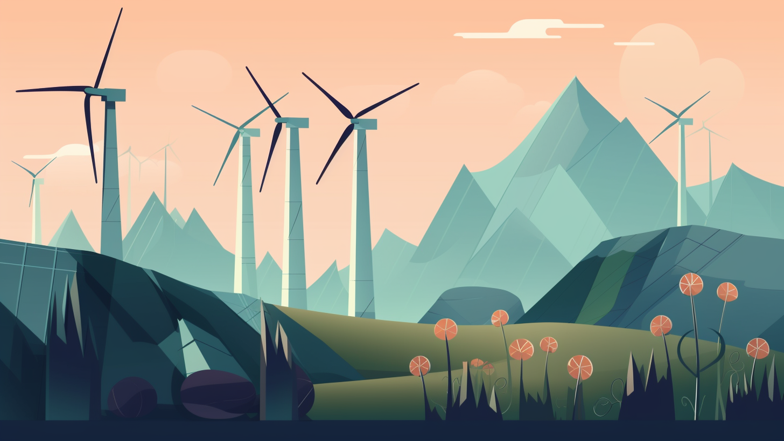
The Current State of the Energy Industry
The demand for energy continues to rise globally. According to the International Energy Agency, the global demand for electricity is expected to increase by 60% by 2040. Non-renewable energy sources such as coal, oil, and natural gas still account for the majority of global energy consumption, despite concerns about their environmental impact. While renewable energy sources such as solar, wind, and hydroelectricity are gaining ground, they are not yet able to replace traditional energy sources.
Drawbacks of Traditional Energy Sources
Non-renewable energy sources have several drawbacks, including environmental implications, decreasing supply, and economic instability. The extraction and burning of fossil fuels have a significant impact on air and water quality. Fossil fuels also contribute to greenhouse gas emissions and climate change. Additionally, traditional energy sources are finite, and experts predict that the supply of these resources will not last indefinitely. The cost of extracting non-renewable energy sources is also unstable, with fluctuations in price and availability affecting economic stability.
The Potential of Renewable Energy
Renewable energy sources have gained increasing attention in recent years as a viable alternative to traditional energy sources. Solar, wind, and hydroelectricity are examples of renewable energy sources that have the potential to become major players in the energy market. The International Energy Agency predicts that renewable energy sources will account for 45% of the world's energy production by 2040.
Economic Benefits of Renewable Energy Investment
One of the primary economic benefits of investing in renewable energy is the creation of new jobs. The renewable energy sector already employs millions of people globally, and this number is expected to continue to increase in the coming years. The renewable energy sector also offers a more stable economic environment, with the cost of renewable energy sources remaining stable over time. Renewable energy sources are also less susceptible to market forces and fluctuations, making them a more reliable energy source for businesses and individuals.
Social Benefits of Renewable Energy Investment
Investing in renewable energy also has significant social benefits. Renewable energy sources are decentralized, allowing individuals and communities to produce their own energy. This provides individuals and communities with greater energy independence and security. The use of renewable energy sources also reduces the prevalence of energy poverty, allowing individuals in low-income communities to access affordable and reliable energy sources.
Environmental Benefits of Renewable Energy Investment
Perhaps the most significant benefit of investing in renewable energy is the environmental impact reduction. Renewable energy sources produce significantly lower greenhouse gas emissions than traditional energy sources, significantly reducing the impact of climate change. The use of renewable energy sources also reduces air and water pollution and the loss of biodiversity. Renewable energy sources also provide a more sustainable energy source, reducing the depletion of non-renewable energy resources.
Policy Changes Needed to Make Renewable Energy a Reality
Despite the significant potential and benefits of renewable energy, there are still significant challenges that need to be overcome to make it a reality. One of the primary challenges is the government policies and incentives that support traditional energy sources. Governments must take significant steps to create a regulatory environment that encourages the transition to renewable energy sources. This includes the development of incentives and funding programs that make renewable energy more accessible and affordable to individuals, businesses, and communities.
Conclusion
Renewable energy sources offer a significant opportunity for achieving sustainable growth. Investing in renewable energy has significant economic, social, and environmental benefits. With the right policies and incentives in place, renewable energy has the potential to become a major player in the global energy market, providing a reliable and sustainable energy source for individuals, businesses, and communities. Let us work towards a more sustainable future through renewable energy investment.
Comments
Post a Comment